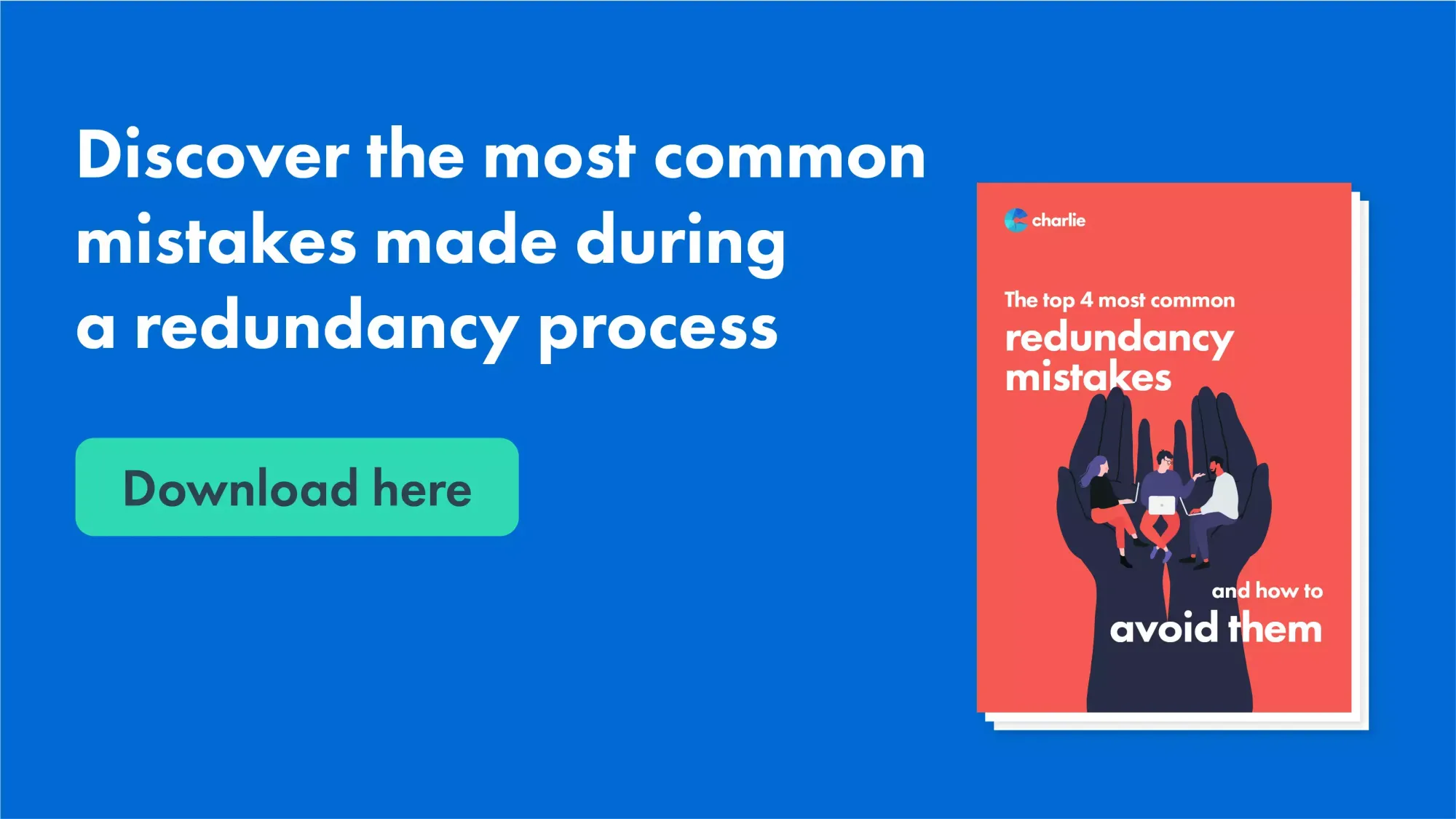Your Rights to Redundancy If Company Goes Bust: UK Employee Protections
Wiki Article
Examining the Interaction Between Company Redundancy and Business Versatility for Future Development
In the dynamic landscape of today's business globe, the complex relationship in between business redundancy and organizational flexibility emerges as a critical aspect for continual growth and success. Companies often encounter the challenge of striking a delicate equilibrium between maintaining a level of redundancy to minimize dangers and cultivating flexibility to respond promptly to the ever-evolving market demands.Relevance of Company Redundancy
Firm redundancy is a vital aspect that boosts organizational strength and reduces functional risks. By integrating redundancy actions within the organizational structure, companies can better stand up to unanticipated disruptions and changes in business environment. Redundancy acts as a critical buffer, allowing business to adjust and react effectively to unforeseen challenges without jeopardizing essential procedures.One key element of the value of firm redundancy is its duty in making certain connection during times of crisis. When faced with abrupt changes or emergency situations, repetitive systems, sources, or workers can step in to maintain important functions and prevent widespread interruptions. This continuity not only safeguards the firm's online reputation and customer depend on however additionally decreases economic losses and functional downtime.

Techniques for Business Flexibility

Developing adaptable organizational structures that allow for fast changes to market dynamics and consumer demands is essential for staying competitive in a rapidly progressing setting. By proactively recognizing prospective interruptions and chances, organizations can proactively grow and adjust in an ever-changing service landscape.
Balancing Redundancy and Adaptability
Achieving an unified balance between operational redundancy and business versatility is critical in navigating the intricacies of a dynamic company environment. Redundancy within a firm offers a safeguard, making certain continuity and stability in procedures. However, an unwanted of redundancy can cause ineffectiveness and hinder flexibility to altering market problems. On the other hand, business versatility allows companies to respond without delay to outside disruptions and take new chances. Striking the best equilibrium between redundancy and flexibility is a delicate procedure that requires a deep understanding of the company's objectives, market characteristics, and danger resistance.To achieve this balance, business require to perform normal assessments of their operations to identify areas where redundancy is needed for danger reduction and where flexibility can drive innovation and growth. Implementing versatile structures, promoting a culture of constant discovering and enhancement, and motivating open interaction across all levels of the organization are essential techniques to balance redundancy and versatility successfully. By lining up these two vital aspects, business can position themselves for sustainable development and success in an ever-changing organization landscape.
Instance Researches on Adjustment Success
In checking out circumstances of successful organizational adaptation, it becomes evident that the interaction in between operational redundancy and adaptability is a specifying variable in forming durable services. One compelling study is that of Netflix. Initially a DVD rental service, Netflix showed exceptional versatility by transitioning right into a streaming system when digitalization interfered with the market. By strategically buying innovation and content production, Netflix not just flourished yet made it through in a rapidly advancing market. One more standout example is Amazon. Beginning as an on the internet book shop, Amazon continuously adapted its company design, expanding into diverse fields such as cloud computer and man-made intelligence. This versatility allowed Amazon to remain ahead of rivals and fulfill altering customer demands. Last but not least, Adobe offers a significant illustration of effective adaptation. The business changed from selling software program licenses to a helpful hints subscription-based model, making certain repeating profits streams and enhanced client involvement. These case researches underscore the relevance of operational redundancy coupled with business flexibility in fostering long-lasting development and competitiveness.Building Durability for Future Growth
Building resilience for future development needs a calculated positioning of operational processes with market characteristics and emerging trends. Companies have to adjust to transforming settings by promoting a society of adaptability, technology, and constant enhancement.Furthermore, fostering solid relationships with stakeholders, such as customers, employees, distributors, and the area, is essential for keeping and weathering uncertainties trust and assistance during rough times. Reliable communication and openness play an important role in structure resilience, as they aid assist in and align assumptions collaboration in browsing unpredictabilities.
In addition, companies require to focus on learning and development initiatives to upskill workers and outfit them with the required devices to adapt to changing conditions. By her comment is here investing in their workforce, firms can improve their versatility and dexterity, ultimately enhancing their strength for sustainable future development.
Conclusion

In the vibrant landscape of today's company globe, the complex relationship in between company redundancy and organizational flexibility emerges as an essential variable for sustained development and success. Companies commonly face the obstacle of striking a delicate balance in between maintaining a degree of redundancy to mitigate dangers and cultivating adaptability to react promptly check to the ever-evolving market demands.To accomplish this equilibrium, companies require to perform regular evaluations of their procedures to identify areas where redundancy is essential for risk mitigation and where versatility can drive innovation and growth.In verdict, the interplay between business redundancy and business adaptability is important for future development. Structure resilience through a combination of redundancy and versatility will certainly ensure that companies are prepared for the difficulties of the future.
Report this wiki page